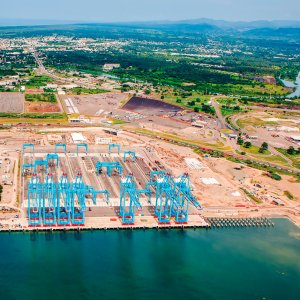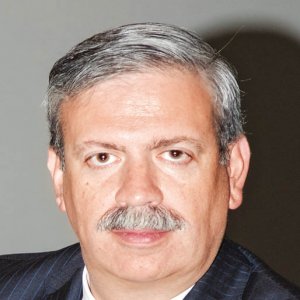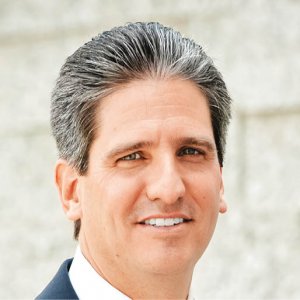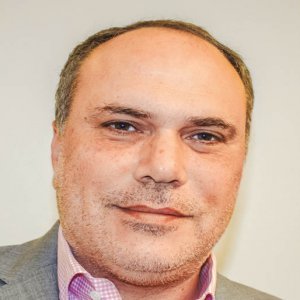Energy Reform a Long-Term Investment

STORY INLINE POST
The middle class is emerging as a sturdy foundation for the future of mixed-use projects, usurping traditional higher income areas and failed social housing developments. New financial instruments and the adoption of sustainable practices are the key bricks for building on this trend. “In middle income residential developments, we are constantly trying to innovate,” says Alejandro Ballesteros, Director of Commercial Development at Grupo Copri, one of Mexico’s most important developers and construction companies that focuses on high and middle-income housing and commercial projects. “We were the first developers to build projects that have over 2,500 units with underground parking, amenities and green areas in the heart of Mexico City. Now that others are doing similar projects, we are targeting middle-income residents for mixed-used developments, which used to only be common in high-income areas.”
The industry may have initially been led by low-income developers that were actively participating in the stock market, but many of them are now either restructuring their company or declaring bankruptcy. The market downturn was exacerbated by a heavy investment in the construction of horizontal projects located on the outskirts of the Mexico City metropolitan area that failed due to the lack of basic services. It led to a rapid horizontal growth of the city that did not have the required infrastructure. “Even though the construction of vertical developments is risker because of the number of pre-sales and the financing needed to lift the towers, there is enough demand to motivate banks into financing the projects,” he explains. “The government also sees the benefits these developments can bring the city in areas that have decent urbanization, infrastructure and services.” Ballesteros believes that financial instruments like Fibras and CKDs have made an impact in the market even though Fibras only participate in the commercial and industrial real estate industry. Numerous CKDs also are beginning to invest in residential projects, giving impetus to growth in the segment.
Sustainability is another key part of the development narrative, and an integral aspect of Grupo Copri’s strategy. “We have a clear commitment to build more sustainable and environmentally friendly projects,” Ballesteros says. “The buildings in our new 800-unit development in Mexico City near the Parque Toreo Shopping center are designed so that each apartment has plenty of natural sunlight and its own solar panel to heat the water tank.”
Another property the group and partner Arquitectoma developed was an underground mall. Ballesteros says it won praise from both local authorities and neighbors because it provided parking and commercial services below, with a well-maintained and secure park above. It uses solar electricity, natural ventilation and recycles rain water.
“Green areas are important for large developers, especially in areas like Santa Fe,” Ballesteros says, referring to the area on the western outskirts of Mexico City. “This is visible in our landmark high-income housing project Cumbres de Santa Fe, the largest residential market masterplan in the area.” The development has a park at its center and is surrounded by protected natural areas. It is scheduled to have a total 1,800 units of houses and apartments, of which 1,400 have been built. “We are proud of this project as it reflects our desire to provide green areas in our developments,” he says. “It has also been successful for first-home buyers, whose properties are now worth seven times what they paid eight years ago. They purchased at around US$300/m2 and the properties are now worth around US$2,000/m2.”
Ballesteros recognizes that the road to a healthier housing market has some bumps. Urban and environmental impact studies show that investments in larger water infrastructure and improved access are needed to serve new developments. Ballesteros says the government receives special taxes for this purpose that are being redirected to other priorities. “Improvement either takes a long time to materialize or it never happens,” he laments. “One of our challenges is making sure this money reaches the community it is supposed to be impacting.”






















